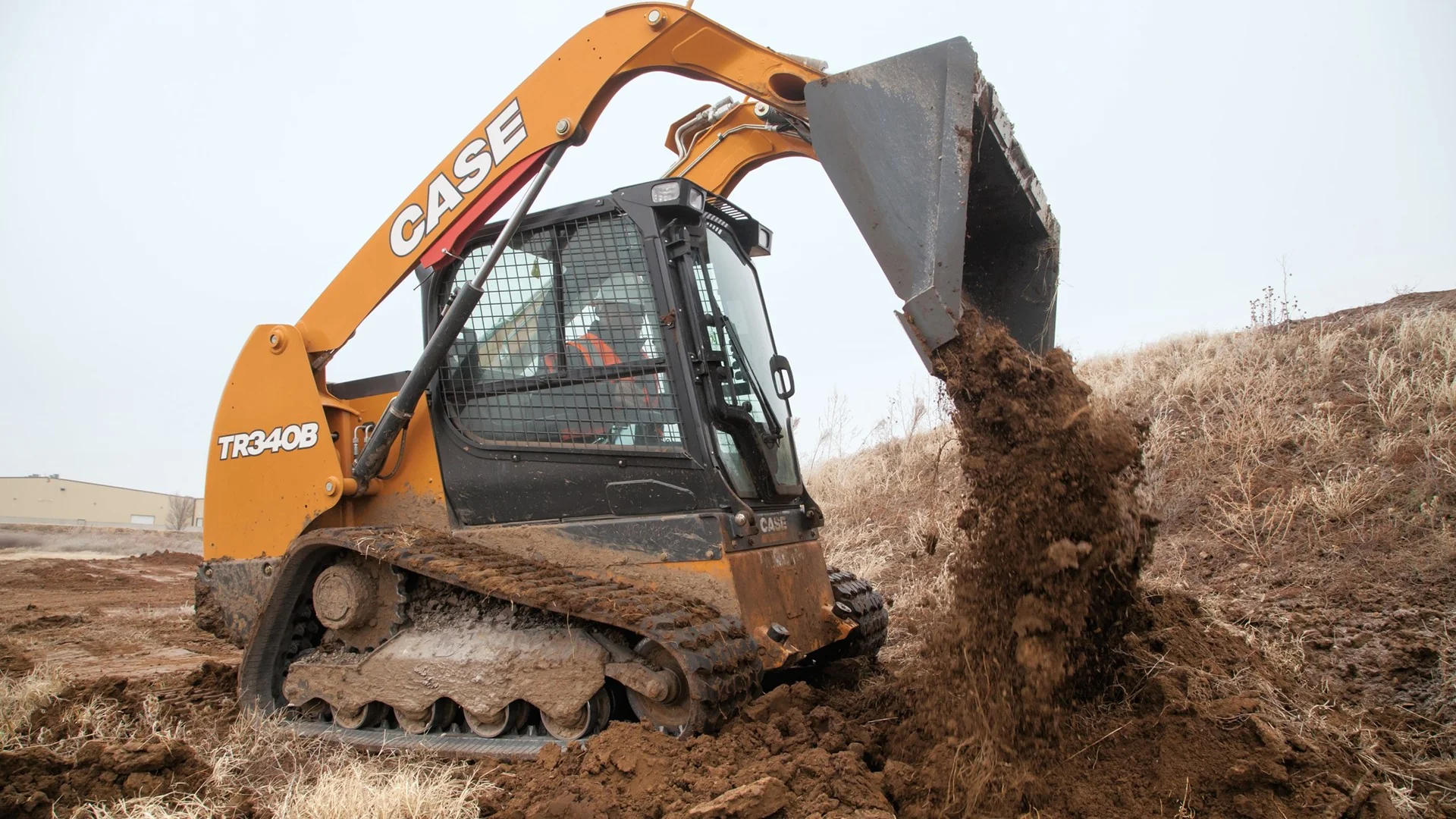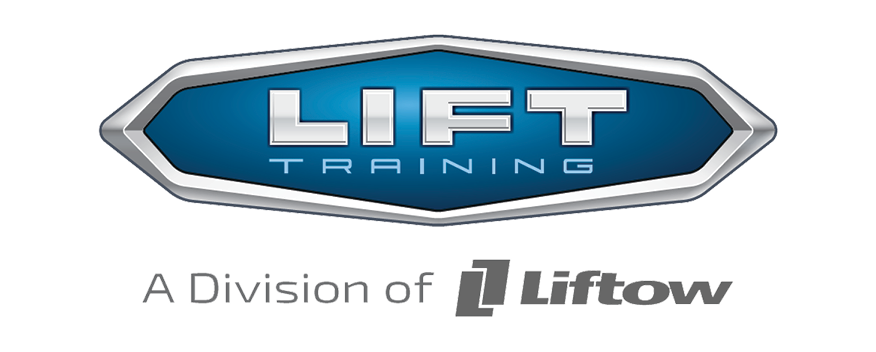
Navigating skid steer certification in Ontario can feel like a big puzzle. It serves as a vital stepping stone for many professionals looking to operate heavy machinery safely and effectively. Recognizing and overcoming obstacles in this process is key to ensuring that every worker not only keeps themselves safe but also maintains the safety of their workplace. Starting with a clear understanding of what this certification entails can ease any concerns and pave the way for a smoother journey.
Skid steer certification doesn’t just mark a necessary credential; it also provides peace of mind. As operators become certified, they gain the skills and knowledge crucial to handling these powerful machines correctly. For any business relying on heavy equipment, having a team of certified operators means fewer accidents and smoother operations.
Why Skid Steer Certification Matters
Understanding why skid steer certification is important lays a strong foundation for workers and employers alike. This certification ensures that operators are equipped with the necessary skills to handle machinery safely. Being certified not only boosts individual confidence but also enhances the safety of the entire work environment. When operators know what they’re doing, they can operate machinery more efficiently, helping avoid potential mishaps.
For businesses, having certified skid steer operators on board can really improve workplace efficiency. Certified individuals are trained to manage the equipment in ways that reduce downtime and increase productivity. When employees are well-trained, they can complete tasks more quickly and safely, leading to smoother operations across the board.
Skid steer certification also plays a crucial role in compliance with safety regulations. Many regions, including Ontario, have strict guidelines about who can operate heavy machinery on job sites. Certification proves that operators have met these standards, protecting the business from potential legal issues and ensuring a safe workplace for everyone.
Common Obstacles in Skid Steer Certification
Despite its importance, several obstacles can make obtaining skid steer certification a bit challenging. One common hurdle is dealing with scheduling conflicts. Finding the time to attend training sessions can be tough, especially for those who are already juggling work and personal commitments.
Training accessibility often presents another challenge. Not everyone has easy access to training centers, especially in more remote areas of Ontario. This can make it difficult for those eager to get certified but unsure where to start or what their options are.
Understanding and meeting certification requirements can also be daunting. With various regulations and guidelines to follow, it’s easy to feel overwhelmed by the paperwork and the need to keep track of all the necessary materials. However, focusing on these challenges individually can make tackling them less intimidating.
Effective Strategies to Overcome These Obstacles
To tackle the challenges in skid steer certification, consider some practical strategies. One major issue is finding the right time for training. Many people have busy schedules, so flexible training options can be very helpful. Offering sessions during evenings or weekends allows more people to participate without disrupting their daily routines. Online training can also be a significant change, giving participants the freedom to complete courses at their own pace and convenience.
Partnering with a reliable training provider can significantly ease the certification process. Providers with a strong reputation offer structured programs that cover all certification requirements, ensuring participants get the most out of their training experience. Continuous learning is another key strategy. Regularly updating skills through workshops and additional courses can help certification holders stay current with industry standards.
The Role of Employers in Supporting Certification Efforts
Employers play a vital role in supporting their staff’s certification efforts. By providing resources and incentives, companies can encourage their employees to pursue and complete their skid steer certification. Employers might offer to cover training costs or give additional time off for study and classes. This practical support not only motivates employees but also benefits the organization.
Fostering a safety-conscious culture is equally important. When employers emphasize the value of certification, it resonates with employees, encouraging them to prioritize their own skill development. A company that visibly values safety sets a positive example for its workforce.
Ensuring Long-Term Success with Skid Steer Certification
Achieving skid steer certification is just the beginning of a process that benefits both employees and employers over time. Ongoing training and recertification ensure that skills remain sharp and in line with current regulations. It’s important to make periodic training part of the routine, rather than waiting until skills have deteriorated.
Monitoring the impact of certification on workplace safety can reveal the true value of such efforts. Regular evaluations of safety records help identify areas of improvement. Over time, this proactive approach can lead to a more secure and efficient work environment, with fewer accidents and better operational performance.
Ready to Overcome Skid Steer Certification Challenges?
Gaining skid steer certification in Ontario may seem challenging, but with the right strategies and support, it’s entirely achievable. By taking these steps, operators can gain the necessary skills and contribute to a safer workplace. Embracing a mindset of continuous improvement and prioritizing safety will benefit everyone, from individual employees to the entire organization.
If you’re ready to tackle the challenges and enhance workplace safety, explore how LIFT Training can assist with skid steer certification in Ontario. Discover how our comprehensive training solutions can support your employees’ growth and maintain safety standards, contributing to a more efficient and secure work environment.
